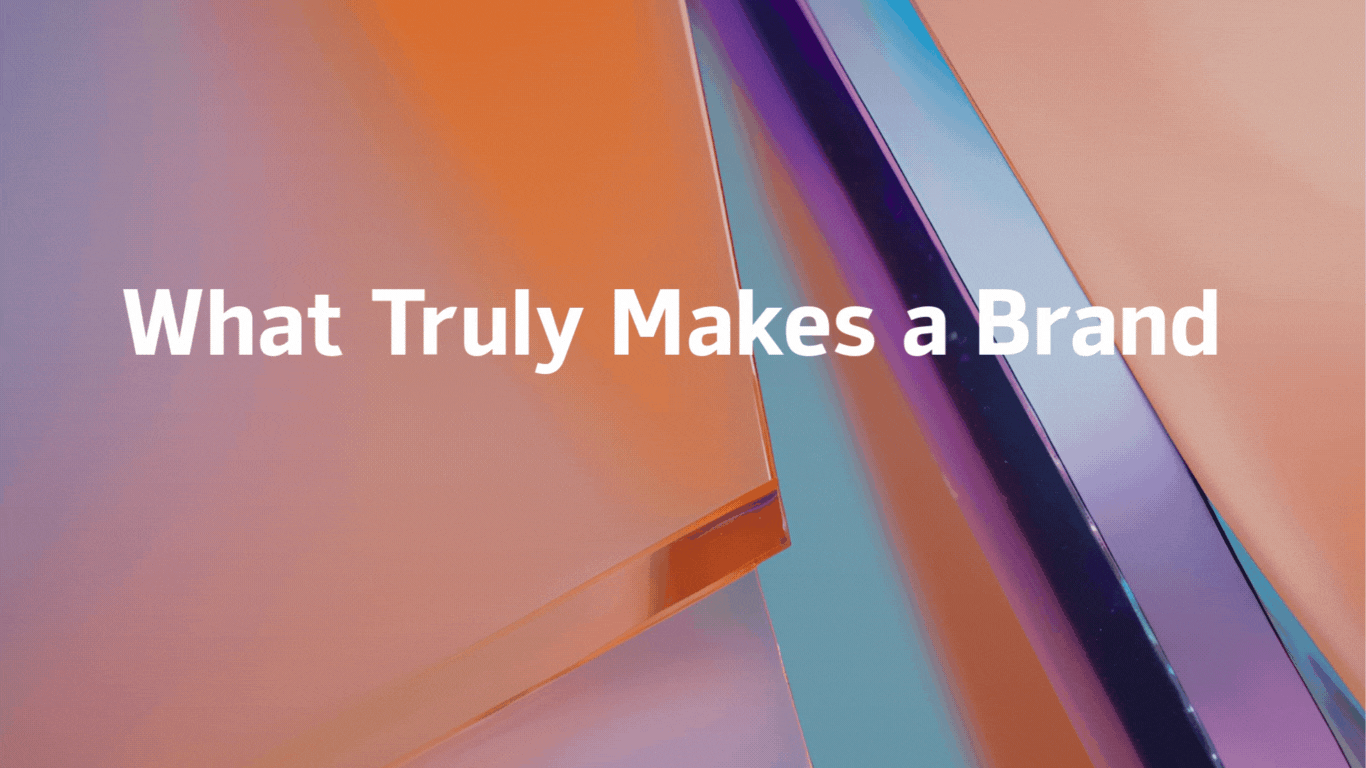In a world accelerating toward digitisation, automation, and AI-led everything, it’s tempting to think the brands of tomorrow will be defined by technological innovation. But a closer look at recent research tells a different story. The world’s most respected, resilient brands aren’t necessarily the most advanced. They’re the most trusted.
Trust isn’t an output. It’s a choice, a strategy, and a promise.
And right now, it seems to be in a crisis.
Tech is booming, but trust may be fading rapidly.
Despite record-breaking valuations, many tech brands are struggling with a crisis of credibility. Data breaches, AI misuse, digital fatigue, they’ve all taken a toll. Think about the rise and fall of crypto exchanges like FTX, or the backlash against AI platforms for privacy violations and deepfake misuse. As innovation races ahead, public confidence in the intent behind that innovation lags dangerously behind.
But there’s a surprising finding here. Tech titans like Microsoft and Tata Consultancy Services (TCS) still hold up top rankings on the branding index. Not because they’re pushing the new frontier of tech, but because they’ve consistently demonstrated reliability, ethics, and clarity in communication. TCS, for instance, is known for its low employee attrition, transparent governance, and conservative yet deeply human approach to enterprise technology, attributes that translate into institutional trust. In essence, it’s because they appear reliable, human-centric, and transparent.
Not just in big tech
This shift in perception isn’t limited to Big Tech. In financial services, we see a parallel evolution. Fintech platforms like Wise (formerly TransferWise) built their empires by doing something radically simple: showing customers exactly what they’re being charged.
Transparency is no longer a virtue. It’s become an essential growth strategy.
That’s a powerful insight.

Wise shows you exactly how your money can be handled
Brands once gained market share through product superiority. Now they win loyalty through values. And yet, many brands still treat trust as a byproduct.
Our perspective is that designing for trust is crucial. And trust isn’t just a layer you put on top of your branding. It has to be embedded into every touchpoint, from product design to user journeys to tone of voice.
Take Apple, for example. In 2021, they introduced App Tracking Transparency (ATT), giving users control over how apps track them across platforms. The feature disrupted the entire ad-tech ecosystem, including major players like Meta, but Apple stayed firm. Their stance wasn’t just about privacy. It was about showing users they could be trusted to put people before profits.
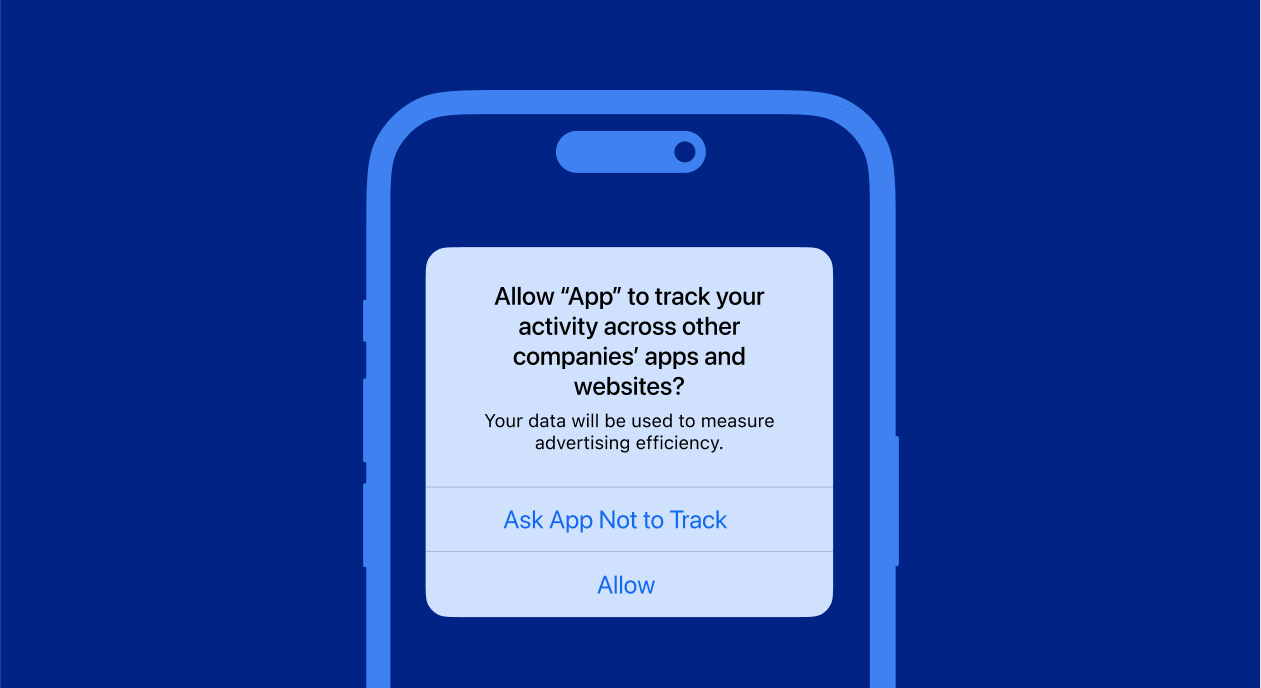
Apps like Facebook or Instagram now have to get your permission to track you across your device
Or consider Signal, the privacy-first messaging app. It doesn’t monetize user data, doesn’t run ads, and its source code is open to audit. This minimalism is a very strategic value-led decision.
Even GitHub, owned by Microsoft, made waves in 2022 by introducing Copilot Explain, a feature that helps developers understand AI-generated code. In a time when AI can feel opaque and mysterious, GitHub made a bold move to make machine outputs transparent, understandable, and accountable.
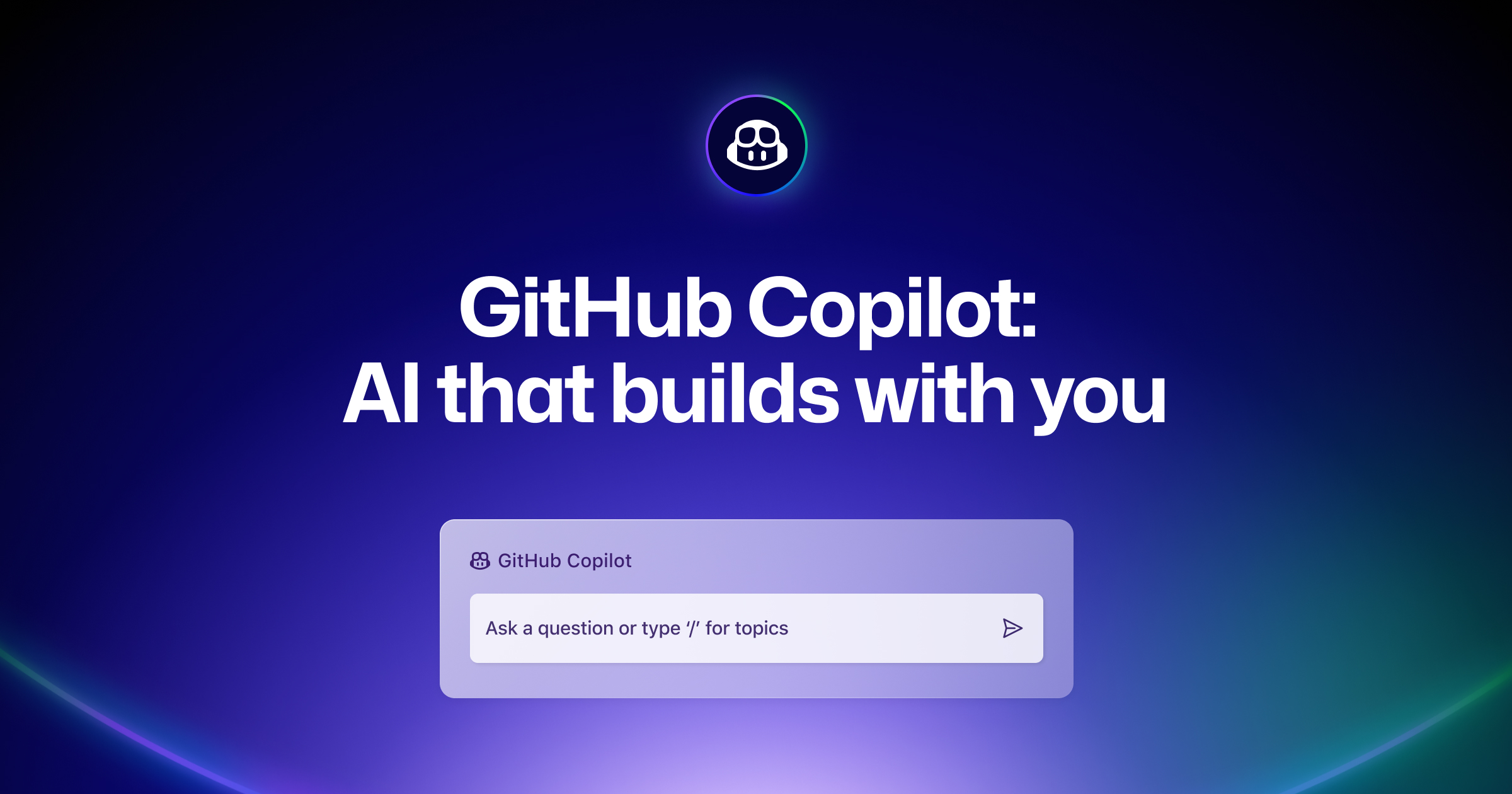
Github’s new AI builds with you
Trust isn’t a bonus. It’s the experience.
The rise of AI has transformed everything, including the expectations placed on the creative industry. We’re seeing an explosion in generative design tools, automated content engines, and AI-powered customer support systems. AI is redefining creative workflows. Generative design, AI-written copy, and synthetic video are everywhere. But with that speed has come a wave of sameness, superficiality, and “AI slop,” which has just made bad design happen faster.
There’s a dangerous temptation in all of this: to mistake speed and output for meaning.
Case in point: In 2023, the design world took notice when Canva’s Magic Design tool began producing similar-looking templates for everyone. Great for speed, but questionable for brand distinction. Brands who relied too heavily on automated tools without human oversight quickly found their identities diluted.
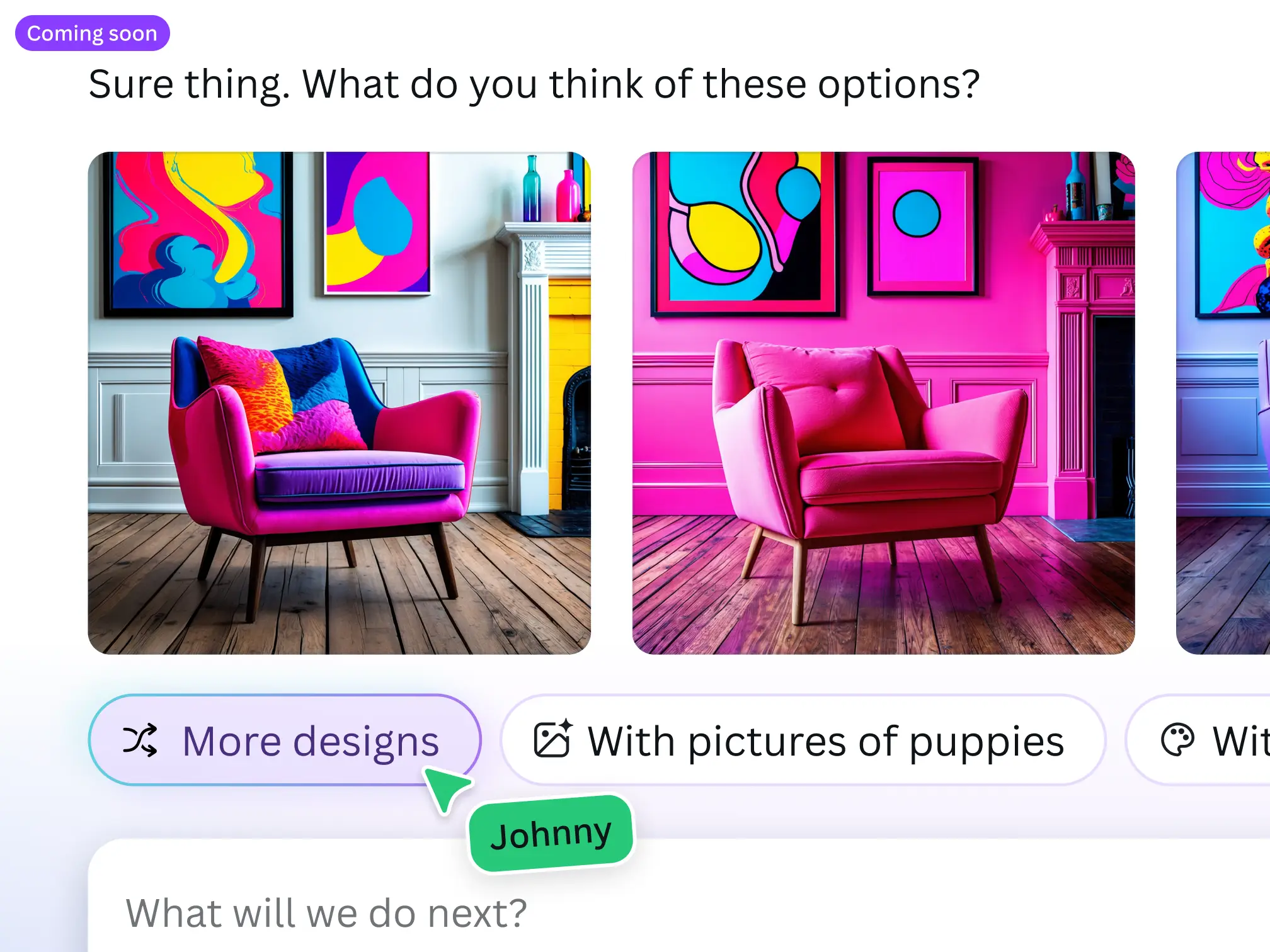
Canva’s templates made everything look similar for creators
But AI can also be seen as more than a shortcut. When used correctly with trust and human thinking at its root, it can become a strategic accelerator to enhance the process.
For example, Adobe’s Firefly platform which was launched with ethical guardrails and source tracking, built a more transparent AI ecosystem, allowing brands to generate visuals with creative integrity and usage rights. Adobe even released its Content Credentials initiative, an open-source system to trace the origin of digital content. This was Adobe adapting and imbuing a sense of trust. A forward-thinking response to the looming authenticity crisis in people’s minds.
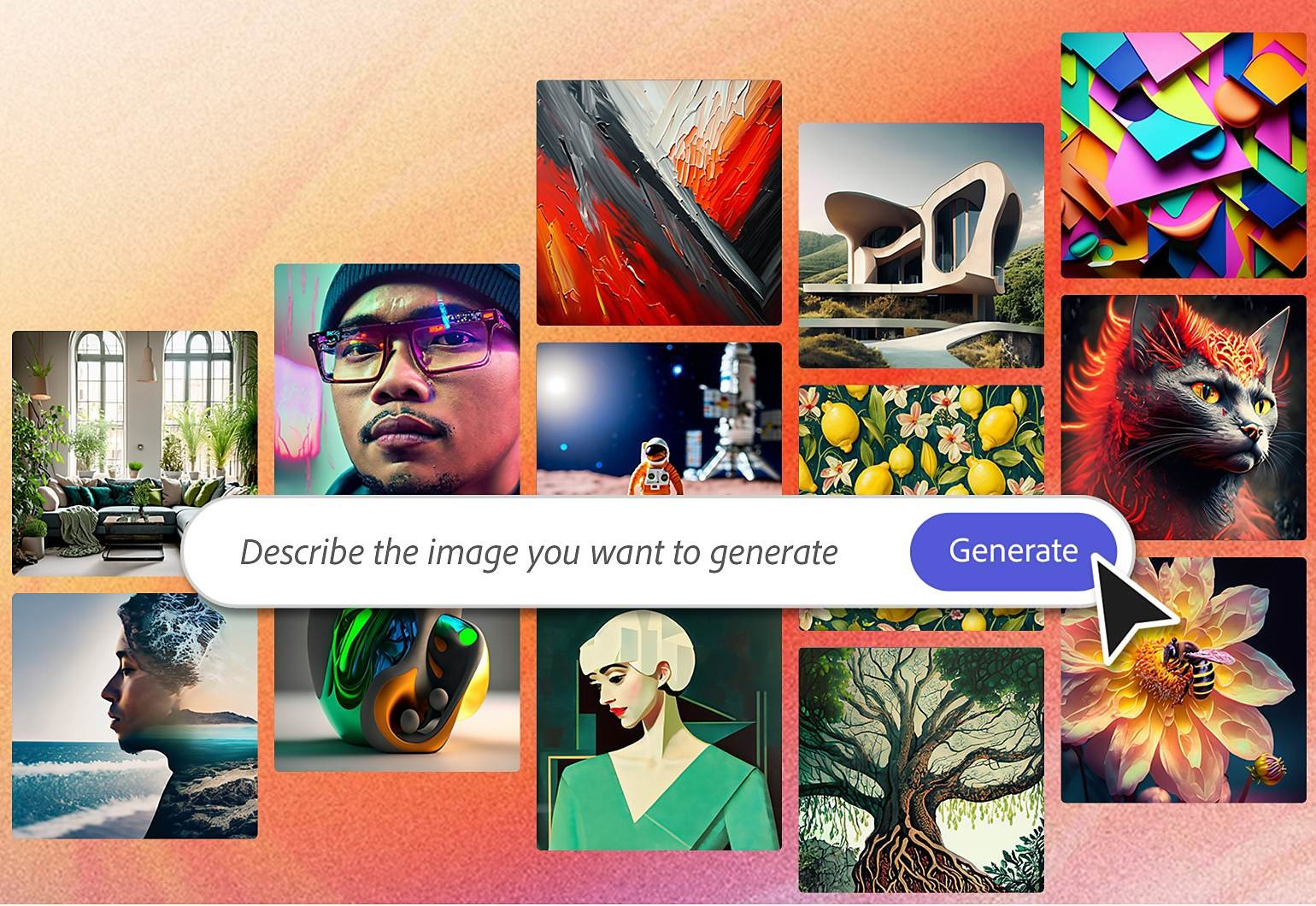
Adobe’s Firefly AI, works with creators
AI (or any new technology that drastically changes how we work) doesn’t have to be overwhelming, not if we design for clarity and know how to navigate it with intention.
The brands that do this right will lead the way, and the right partners are vital to making an impact.

